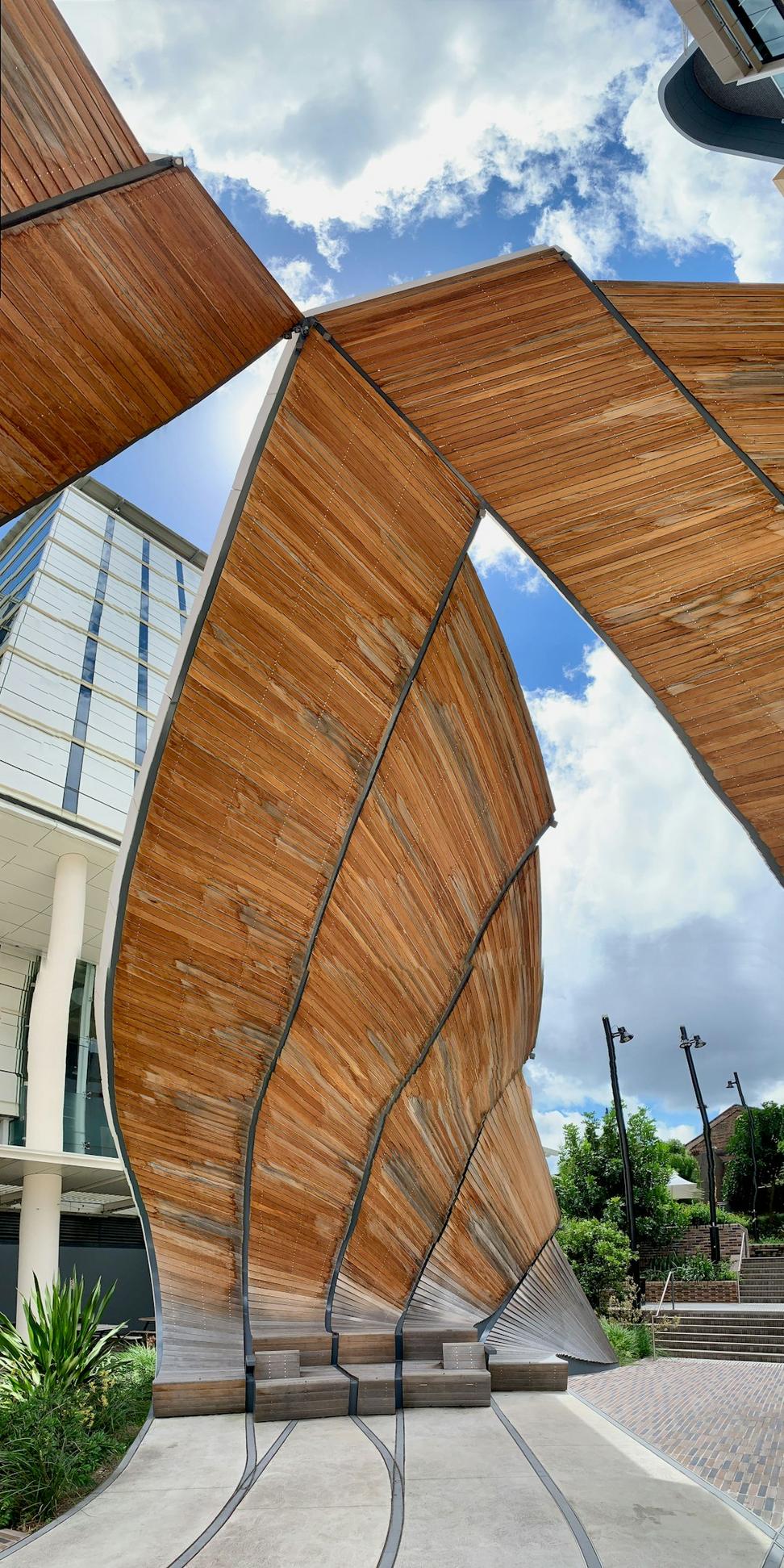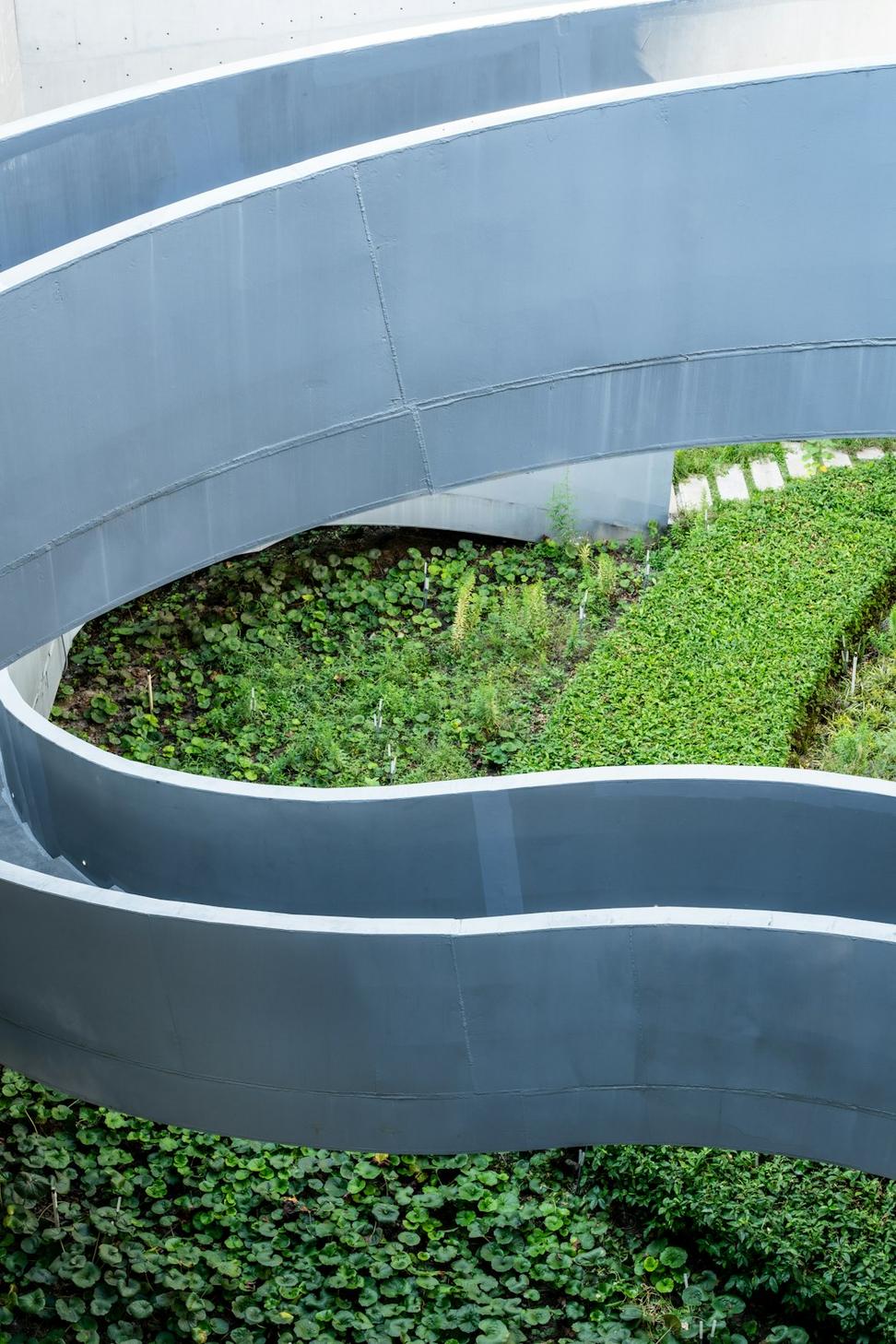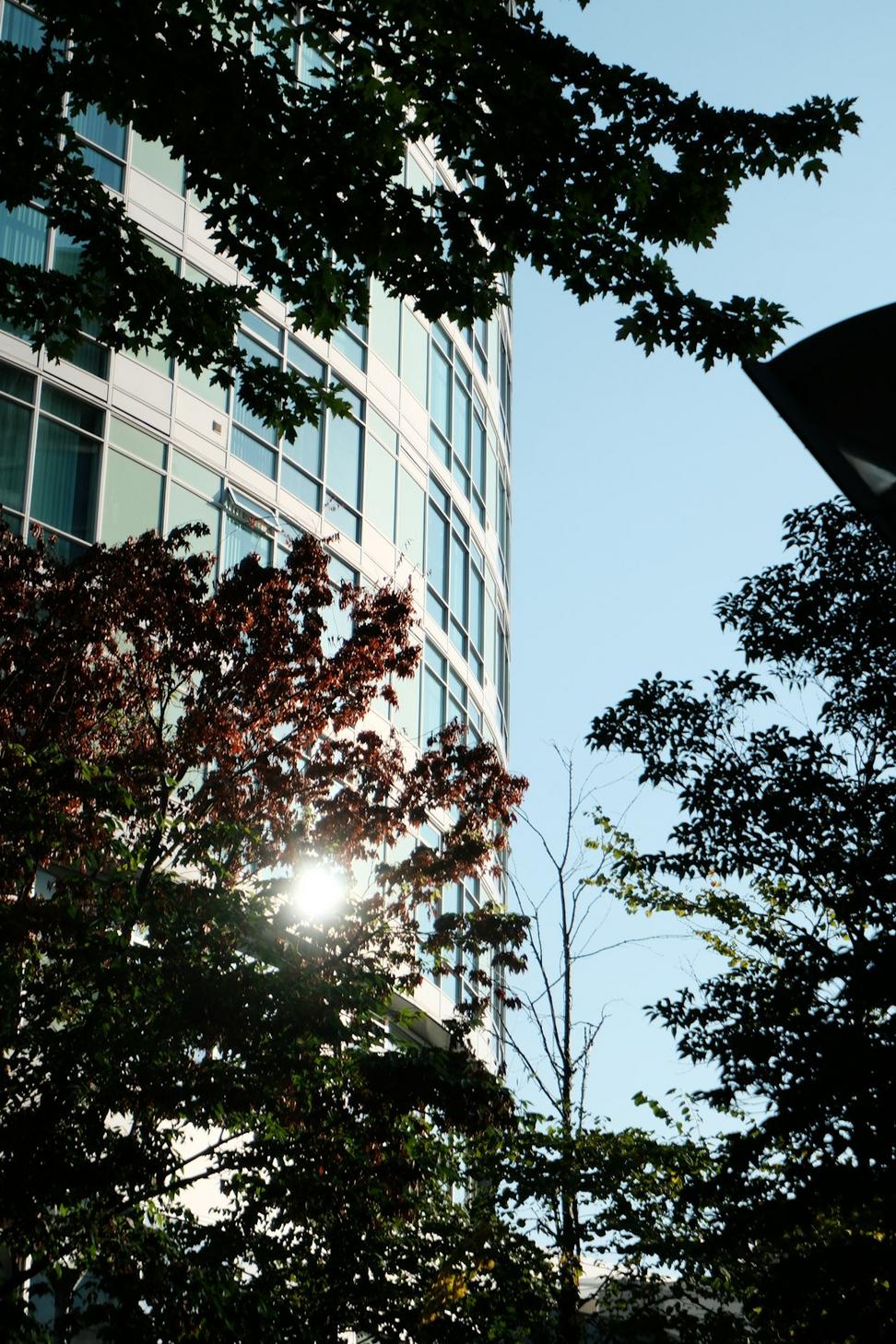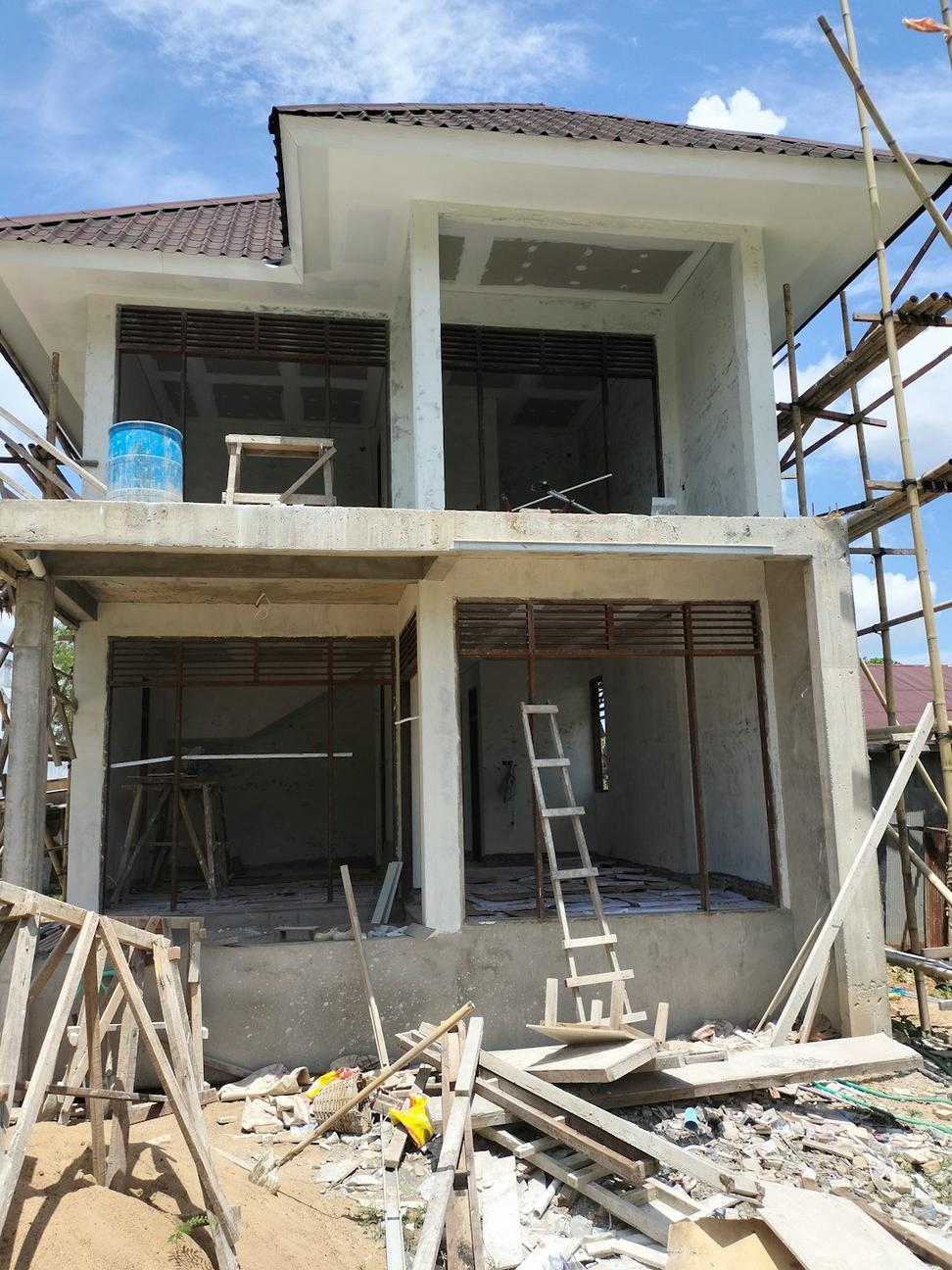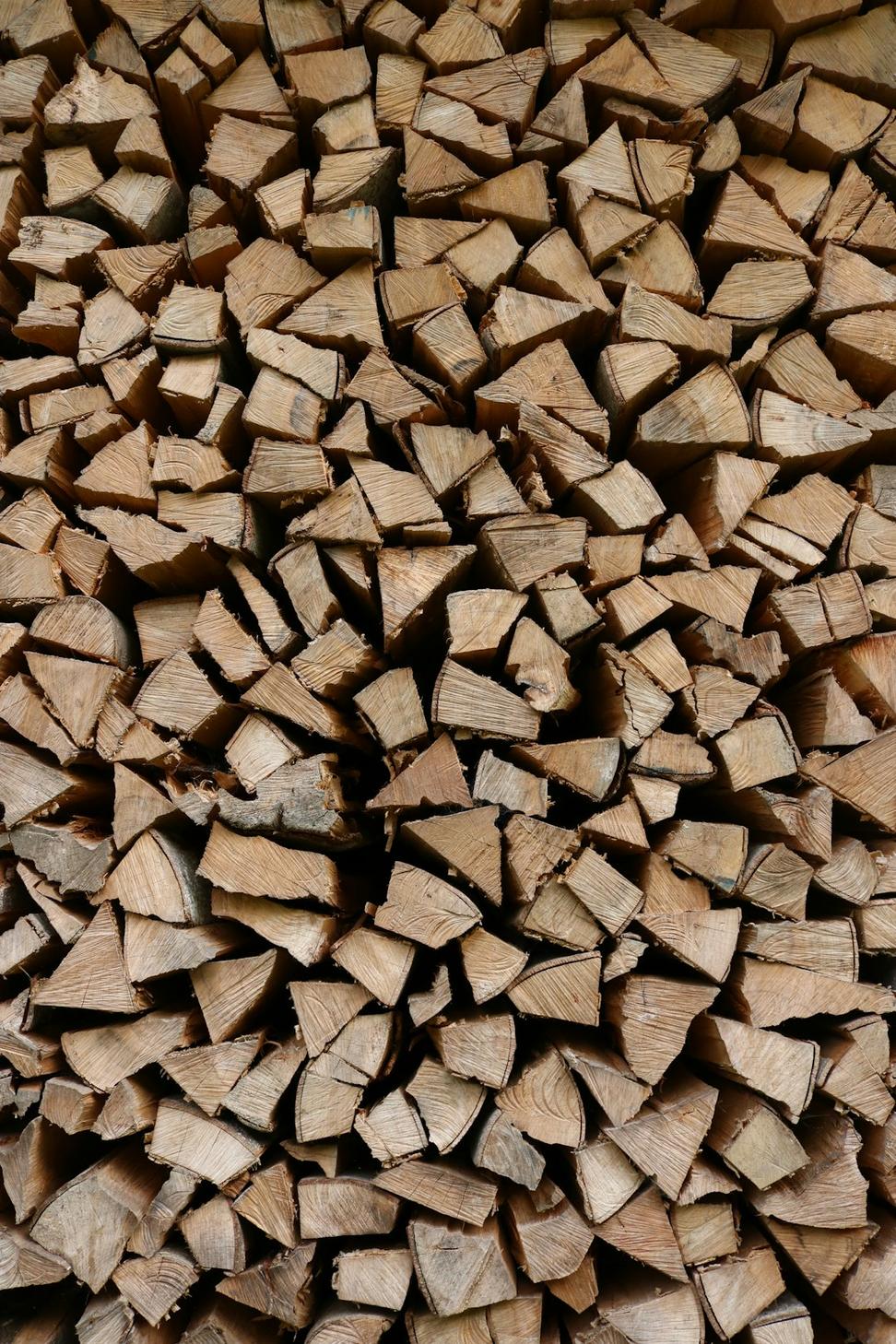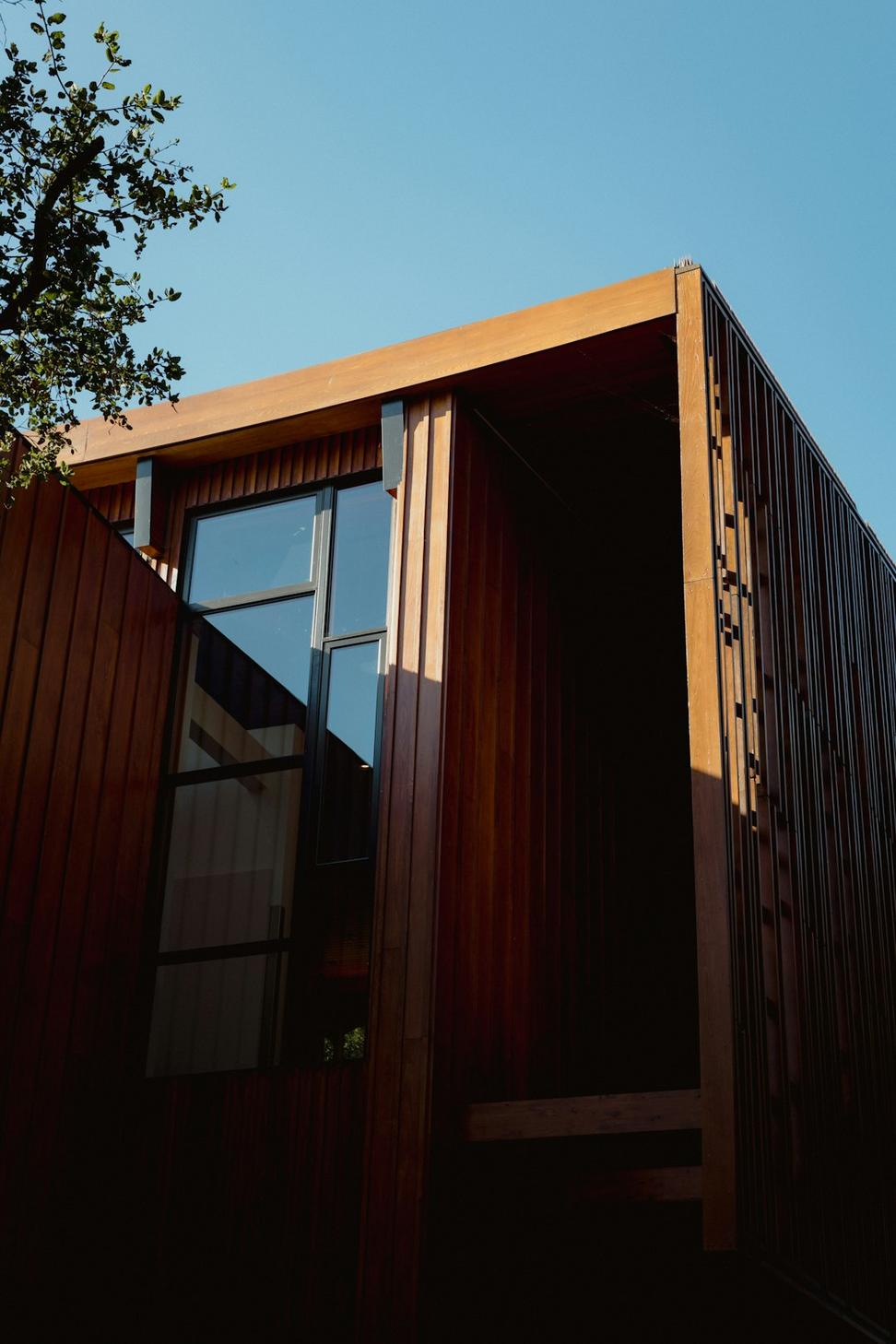
It's Not About Trends
Look, we've been doing this for a while now, and we've seen a lot of greenwashing. People slap a solar panel on a roof and call it sustainable - that's not what we're about.
Real sustainable architecture starts way before construction. It's about understanding the site, respecting what's already there, and designing spaces that'll actually make sense fifty years from now. We're talking passive heating and cooling, materials that won't end up in a landfill, and buildings that people actually want to stay in for the long haul.
Every project we take on has to pass our internal test: would we be proud to show our kids this building in twenty years? If the answer's not a clear yes, we go back to the drawing board.
